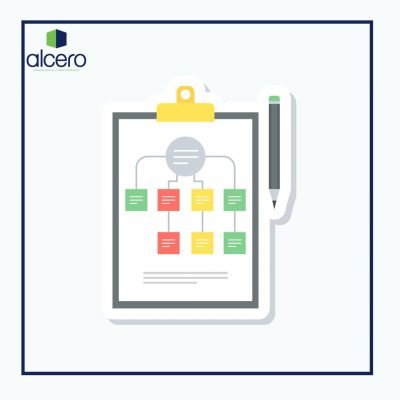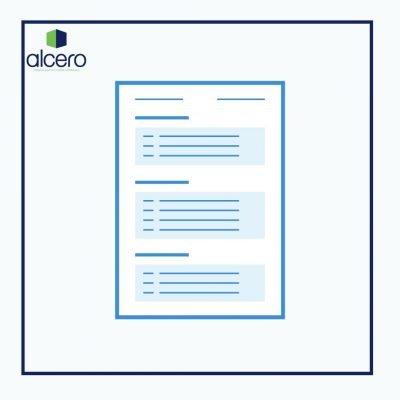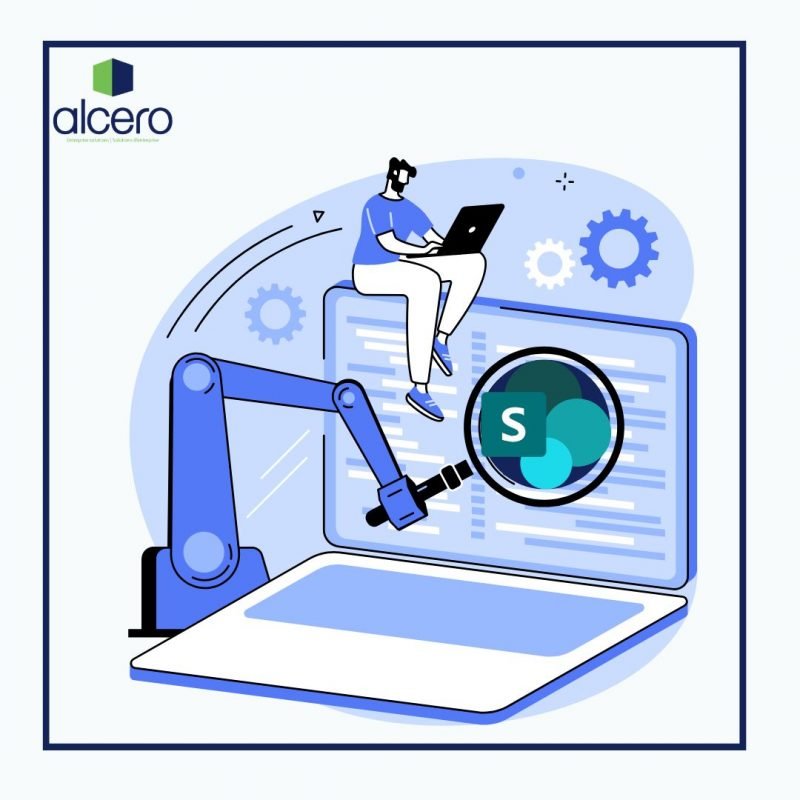Automation, simplification, and robots are all realities in today’s world. Still, monotonous duties exist in every employment, which begs why they have not been mechanized. For every ten workers who use SharePoint to create documents, nine will do so in a laborious, repetitive, and overly convoluted manner.
Make a strategy for SharePoint Document Management.
- Examine current documentation. Determine the document types and characteristics.
- Design a versatile and easily extendable content type structure.
- Determine where and how documents will be stored in SharePoint;
- Construct fields, sites, libraries, and lists. Include new content types.
- Make a permissions plan.
- Define and automate the naming of SharePoint documents.
- Consolidate the placement of document templates.
- Split content into smaller files.
- Automation of SharePoint documents.
- Improve views and libraries.
So, in more practical terms, what does this mean? Most individuals copy and paste data from one file into another or a SharePoint list into a document while drafting multiple contracts, invoices, and reports in SharePoint. Anyone who has done this understands how time-consuming it can be. You can, however, automate this process and let SharePoint do the work for you if you have the necessary tools.
Step 9: Automate SharePoint document creation.
Nobody can disagree that automating document generation in SharePoint is useful. However, before you can begin, you must first prepare. You should develop an action plan, a document management plan, and, on top of that, a schedule for your change trajectory.

Which processes are you able to automate?
Almost every document that you use frequently in SharePoint can be automated. And this is exactly what we like about this product: it is very flexible to our needs. In any firm, proposals, invoices, and reports are among the most commonly used papers. They are also ideal candidates for automation because they must be created and filled in on a regular basis. Now, let’s go into the technical details of this story.
How to Begin Automating Documents?
The first is to construct document templates for every possible circumstance and then populate them with the necessary data. This, we discover, is a circuitous route with numerous pitfalls.
The second way, and the one we prefer, is to let the documents fill themselves. It involves some initial setup, but it will save you a lot of time.
It involves some initial setup, but it will save you a lot of time.
First, build a clean template and a series of smaller files, including all optional information. These smaller files are referred to as Small Parts. Any number of Small Parts can then be readily added to a template to make a finished product.
Making a Template
Assume you wish to make an invoice template. You should include all of the important basic information in it, such as the layout and address of your organization. Of course, any data that is special to an individual invoice should be omitted: date, client information, products, tax numbers, quotes, and so on.

Then, in your template, you will insert content placeholders. When you create a new invoice, the placeholders will be filled with your SharePoint metadata automatically (e.g., names and addresses).

What about the minor details?
Small Parts will contain information regarding contracts, clients, and so on that you will only need in specific invoices, not all of them. You will use Small Parts to choose the elements you require by clicking the appropriate Small Parts checkboxes, and the document will be prepared for you.
Advantages of Automation
The first benefit is self-evident: automating your document generating operations will save you time. There’s a lot of it.
Furthermore, automation will result in a more consistent framework for your SharePoint information architecture, resulting in a more fluid intranet. You will be making clear templates and saving optional information in different folders. You can also automate document naming so that your intranet is easier to navigate.
If you are interested in document automation provider but are looking for more information, contact us for a consultation


